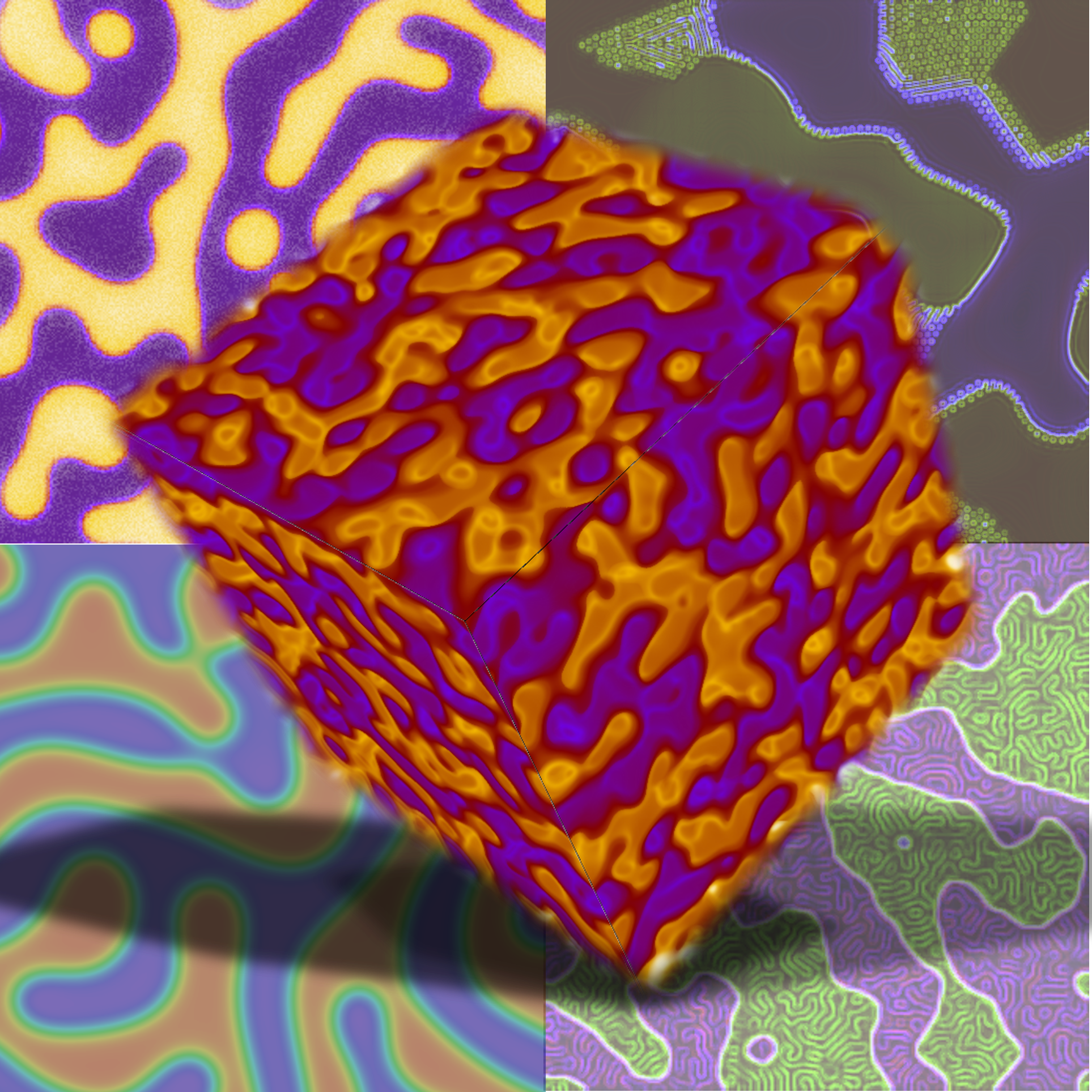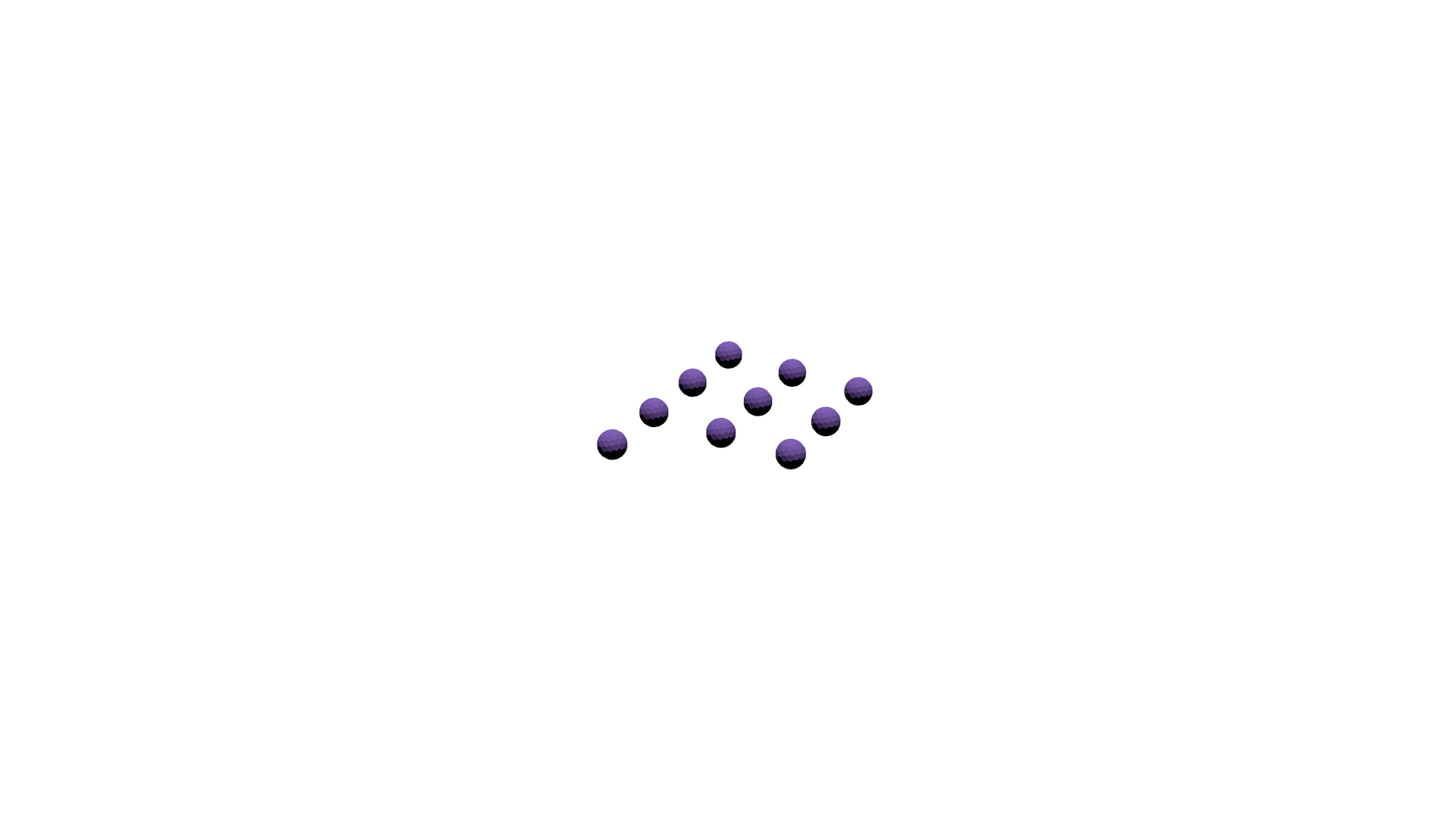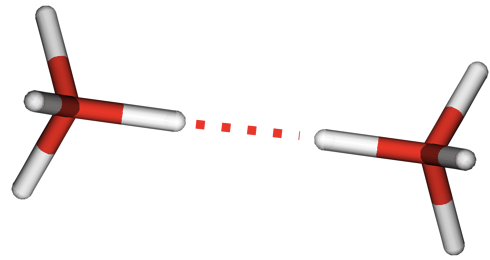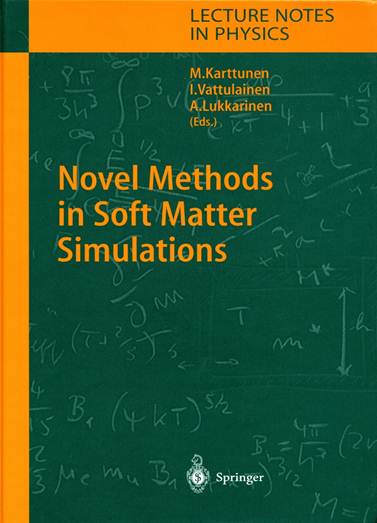Software (open source)#
Disclaimer: These files & software are provided as they are. We do not guarantee or promise that they are free of errors, and we do not accept any liability of any kind (standard disclaimers apply). Use them at your own risk. If you find errors, please let us know and we will try to correct them and update the files accordingly. If you find out that there are missing files or access problems, please let us know. If unsure, please ask us.
A small request - referencing: The software and other material here is provided as a service to the scientific community. If you publish works based on software or structures provided here, please cite the references as given with each of the files. At the end of this page we list some other relevant sites which provide downloadable software and coordinates, forcefields and topologies.

|
SymPhas: A compile-time formulated symbolic algebra framework for numerical solutions of phase field problems in 2- and 3-dimensions.
|

|
CellSim3D, the world’s fastest cell simulator for mechanobiology (we claim), is a GPU accelerated software package and a model to simulate the mechanistic aspects of cell division and migration in three dimensions. The code is written in C/C++ and CUDA.
|

|
Cashew is a molecular dynamics (MD) implementation of the 3D Mercedes-Benz (MB) model for water. The code is written in Fortran 90. The modified 3D Mercedes-Benz model was originally developed due to the need for a coarse-grained water model for studying geometric effects in interactions of water with solutes, polymers, proteins etc. The model reproduces some important properties of water, such as melting at a lower temperature under increased pressure. This molecular dynamics implementation was created for studying the dynamical properties of the model. The program is designed for MD simulations of MB water molecules, offering also the possibility to include other atomic particles with simple interactions and constraints. Both a serial and MPI-parallel versions of the program are available.
|

|
Isotropic stencils: Mathematica file containing the stencils from the below paper.
|

|
Software used in our hands-on computer exercises in SoftSimu2002 summer school. The link includes the following codes (codes are in C and Fortran90): - Stochastic rotation or the Malvanets-Kapral method: 2D code - Basic Lattice Boltzmann code - Basic 2D Dissipative Particle Dynamics code
|

|
ReptateDPD. Dissipative Particle Dynamics simulation code for systems containg polymers or other chain like molecules (such as lipids and surfactants) which contains an algorithm to control chain crossings. That enables DPD simulations in the reptation regime which is otherwise impossible due to the softness of the DPD potentials. Email for the code.
|

|
DPDmacs. DPDmacs is a high-speed code for coarse-grained (DPD) molecular dynamics simulations running exclusively on computers that have the SSE and SSE2 extensions. In practise, this means you need to either have a Pentium-4 or an AMD64 (Athlon64 or Opteron). DPDmacs was developed under Linux, it runs in both 32 and 64 bit mode, but it should compile and run also under other operating systems without problems DPDmacs Due to the use of SSE and SSE2, DPDmacs is extremely fast. NOTE: As clear from the description, the code is old. But if you want get it, please email. |